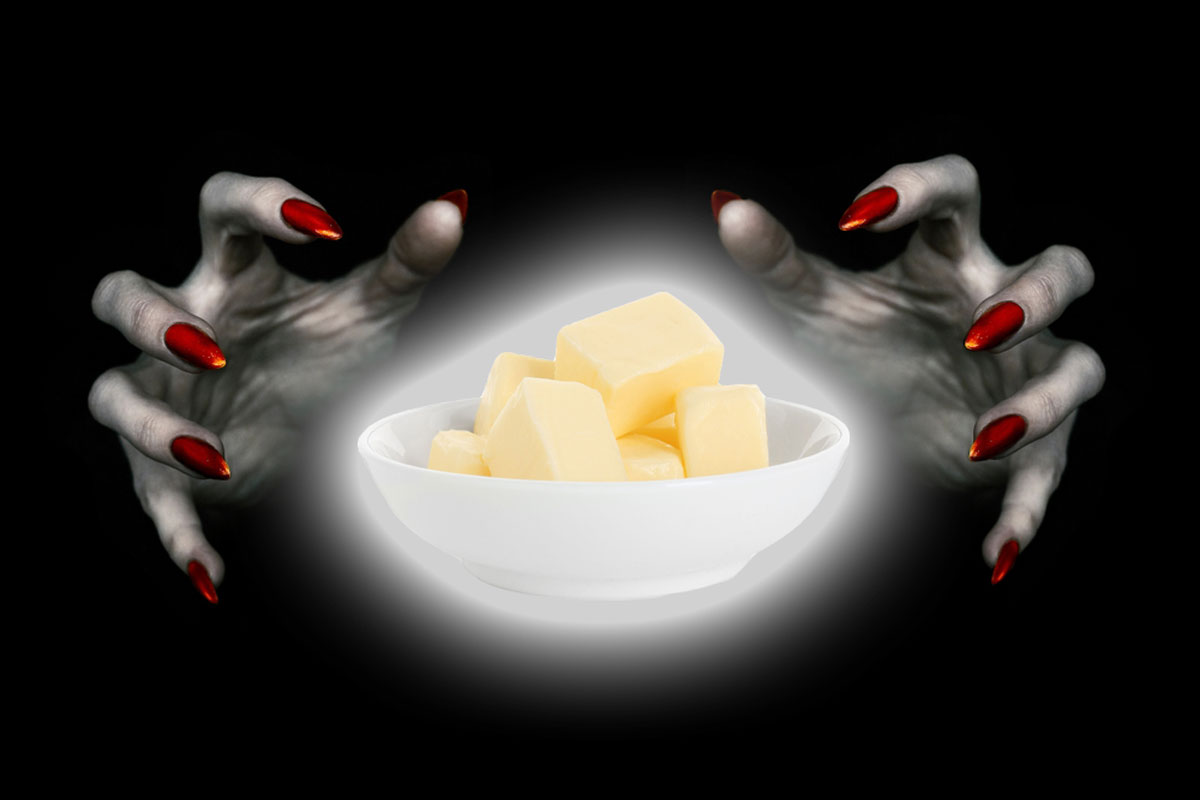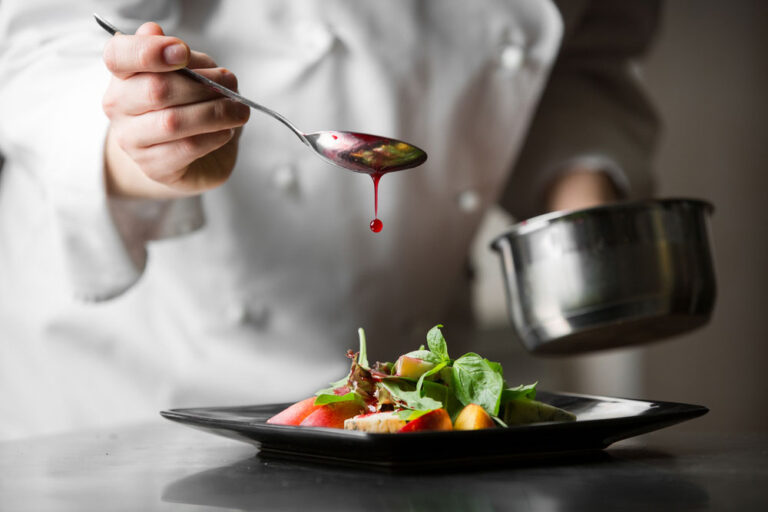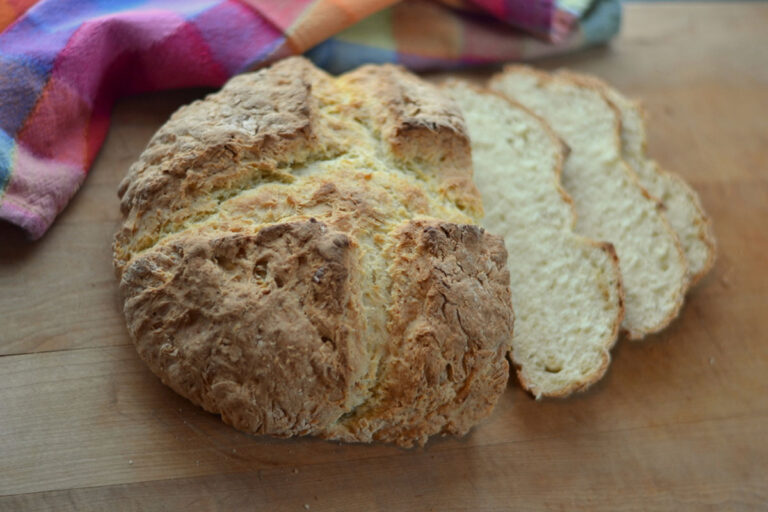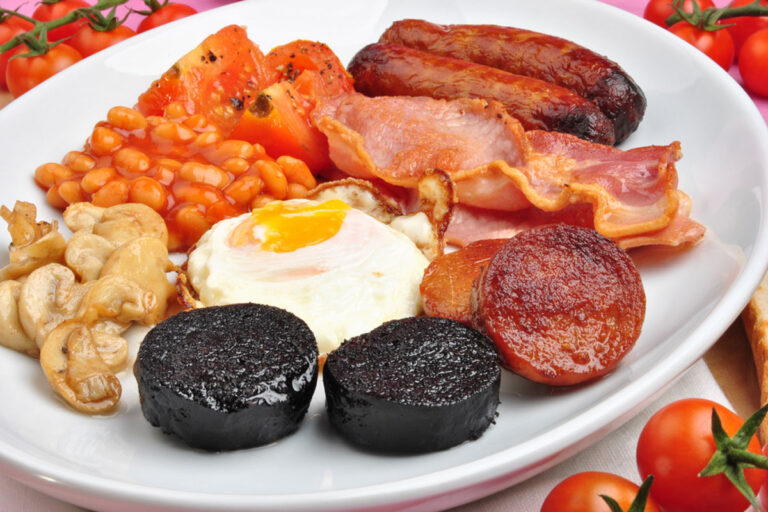The Fear of Stolen Butter
For centuries, dairy was a vital part of rural Irish life. Milk, butter, and cheese provided essential sustenance, and their production was seen as both an art and a form of magic. But with such importance placed on dairy, people feared that supernatural forces—or envious neighbors—could steal their milk’s goodness or even curse their butter. This fear gave rise to a figure whispered about in hushed tones: the Butter Witch.
The Butter Witch was not a single person but rather a title given to any woman suspected of using dark magic to steal butterfat from her neighbors. In Irish folklore, it was believed that certain individuals, through spells or secret rituals, could siphon off the richness of someone else’s milk, leaving it thin and useless. Worse still, some claimed that these witches could prevent butter from forming during churning, no matter how long or hard one worked.
To counteract these threats, Irish dairy farmers developed elaborate rituals and protections to ensure their milk and butter remained their own. Holy water was sprinkled in the cow shed, and iron—such as a horseshoe—was nailed above the door to ward off malevolent forces. Some churned their butter while muttering prayers or tying red thread around the churn to break any curses placed upon it.
But sometimes, no amount of protection seemed to work. When milk turned sour too quickly or butter refused to come together, suspicion would fall on a neighbor, an old woman who lived alone, or someone with a strange reputation. The fear of the Butter Witch was not just a superstition—it was an explanation for hardship, a way to understand why hard work could sometimes yield nothing.
The Rituals to Unmask a Butter Witch
When a household’s butter refused to form or their milk inexplicably lost its richness, suspicion quickly spread. It was not enough to simply blame the unseen forces of bad luck—someone had to be responsible. The fear of the Butter Witch drove people to use strange and sometimes dangerous rituals to uncover the culprit.
One of the most well-known methods involved heating an iron or a horseshoe until it was red-hot and plunging it into the milk. This was meant to “burn” the witch who had stolen its goodness. If a suspected woman cried out or showed sudden signs of distress at the same time, it was seen as proof of her guilt.
Another widespread ritual was the “Trial of the Churn.” If butter would not form no matter how long the churning continued, people believed that a witch’s spell was at work. To break it, they might:
- Place a smoldering coal beneath the churn while reciting prayers.
- Stir the cream with a branch of rowan, a tree thought to have protective powers.
- Churn the butter naked—yes, naked!—as it was believed this removed any magical interference.
A more aggressive method involved boiling urine and pins in a pot, believing that the witch responsible would be afflicted with excruciating pain until she confessed. Some even claimed that doing this could force the Butter Witch to appear at their doorstep, begging for mercy.
For those accused, defending oneself was nearly impossible. A woman who lived alone, owned a black cat, or simply had better butter than her neighbors could fall under suspicion. Even offering help to a struggling dairymaid could be twisted into evidence that she had some unnatural control over butter-making. Many of those accused were elderly women, herbal healers, or simply those who stood out in their community.
These superstitions were not just rural gossip—they were deeply embedded in Irish society and could have dire consequences. Some accused Butter Witches were ostracized, driven out of their villages, or worse.
The Accused—Real Tales of Butter Witchcraft
Though tales of the Butter Witch might sound like mere folklore, real people suffered from these superstitions. Across Ireland, accusations of dairy-related witchcraft could lead to exile, violence, or even death.
One of the most famous cases occurred in 1661, in County Antrim, when a woman named Ellen Gowan was accused of stealing the goodness from her neighbors’ milk. Her butter was richer and more abundant than anyone else’s, which led to whispers that she had made a pact with dark forces. When a local farmer’s milk suddenly soured overnight, his wife swore she had seen Ellen muttering to herself near the cow field. Fear spread quickly, and the villagers subjected Ellen to a brutal test: they forced her to stand in a ring of smoldering straw, believing that if she was a witch, the flames would not harm her. When Ellen screamed and tried to escape, they took it as proof of her guilt. Though no official records confirm her fate, stories claim she was driven from the village and never seen again.
Another chilling case took place in County Kerry in the 1800s, where a woman known as Máire na mBó (Mary of the Cows) was rumored to have supernatural control over butter-making. A young farmer, convinced she had cursed his churn, stormed into her cottage with a red-hot poker and demanded she remove the spell. When she refused, he struck her, leaving her badly burned. The next morning, his cows fell ill, and one died—leading the locals to fear they had wronged a powerful woman. To appease her spirit, they left offerings of milk and butter at a crossroads, hoping to undo the damage.
Perhaps the most tragic story is that of Bridget Cleary, a Tipperary woman murdered by her husband in 1895. While her case was more closely linked to fairy folklore than butter witchcraft, it highlights how deeply superstition ruled Irish rural life. Her husband, believing she had been taken by fairies and replaced with a changeling, subjected her to horrific abuse before setting her on fire. Though this case resulted in a highly publicized trial, it showed how dangerous accusations of supernatural influence could be—even in the late 19th century.
These stories reveal the very real fear and paranoia surrounding butter witchcraft. What began as an explanation for failed dairy production could spiral into deadly consequences.
Charms and Rituals to Protect Milk and Butter
With the ever-present fear of the Butter Witch and her power to steal the goodness from milk, Irish farmers developed a vast array of charms, rituals, and protective measures to ensure their dairy remained safe. These customs blended Christian prayers, ancient pagan symbols, and folk magic, creating a rich tapestry of supernatural defense.
1. The Power of Iron
Iron was believed to be a powerful protective force against witches, fairies, and other malevolent beings. To safeguard their cows and butter, farmers would:
- Nail a horseshoe above the cowshed door, ensuring no witch could cross the threshold.
- Place an iron knife or poker in the churn while making butter to prevent a spell from stopping the process.
- Carry a small iron nail or needle in their pocket while milking, so that no one could steal the milk’s goodness.
2. Holy Water and Prayers
Christianity became deeply intertwined with these traditions, and holy water was a key tool in dairy protection. Farmers would:
- Sprinkle holy water on their cows before milking, especially on May Day and Halloween, when supernatural interference was believed to be strongest.
- Make the Sign of the Cross over the churn before beginning the butter-making process.
- Say special prayers while churning, often invoking St. Brigid, the patron saint of dairy farmers.
3. Rowan Wood – The Witches’ Bane
The rowan tree (caorthann) was one of the most powerful protective plants in Irish folklore. Its wood was believed to repel witches and fairies. Farmers would:
- Tie a rowan twig with red thread to a cow’s tail to protect her milk.
- Stir the cream with a rowan branch before churning to break any spell that might have been placed on it.
- Hang rowan crosses above the dairy door to keep witches away.
4. Fire and Smoke – Breaking the Curse
If a farmer suspected that his milk had been cursed, one of the most extreme countermeasures involved fire and smoke. To break the spell, they would:
- Burn herbs like juniper or mugwort in the cowshed, allowing the smoke to drive away evil magic.
- Heat a red-hot iron and plunge it into the milk—if a witch had stolen its richness, she was believed to cry out in pain.
- Carry a burning coal around the churn three times to dispel any dark enchantments.
5. The Strange Custom of Churning in Silence
One of the most unusual superstitions was that churning butter had to be done in absolute silence. If a visitor entered the house during churning, they were not allowed to speak or borrow anything, as this could invite a curse upon the butter. If a witch had cast a spell to prevent butter from forming, farmers believed that striking the churn with a stick or even churning naked could break the hex!
Surviving Traditions
While few people today believe in the Butter Witch, some of these customs have survived in modern Ireland. Many farmers still hang horseshoes in their barns, and rowan trees are often planted near farmhouses for protection. Holy wells dedicated to St. Brigid continue to attract visitors seeking blessings for their livestock.
These rituals were more than just superstitions—they were a way for people to feel some control over the unpredictable. When a year’s butter supply could mean the difference between survival and starvation, it’s no wonder that farmers turned to both faith and folklore for protection.
The Legacy of the Butter Witch
The fear of the Butter Witch may have faded, but the echoes of Ireland’s dairy superstitions remain. Though modern science explains why butter sometimes fails to churn or milk sours unexpectedly, folk beliefs and protective customs have not fully disappeared. The Butter Witch has transformed from a figure of fear into a symbol of Ireland’s rich folklore, a reminder of the deep connection between magic, superstition, and survival in rural life.
The Decline of Dairy Superstitions
By the late 19th and early 20th centuries, the spread of education, industrial farming, and scientific knowledge helped dispel many dairy-related fears. People began to understand that factors like temperature, hygiene, and bacteria played a role in butter production, rather than curses or witchcraft. The introduction of factories and co-operative creameries also meant fewer people churned their own butter, reducing the need for protective rituals.
However, some traditions persisted. Many Irish farmhouses continued to:
- Hang iron horseshoes over their barn doors.
- Bless their cows on St. Brigid’s Day (February 1st) to ensure a good year of milk production.
- Avoid lending milk or butter on May Day, fearing it could bring bad luck.
The Butter Witch in Modern Folklore
Though the fear of witches stealing butter is gone, the legend of the Butter Witch has lived on in folklore, literature, and storytelling. In some regions of Ireland, tales are still told of old women who could “take the butter” by walking through the fields before dawn, or how a mysterious cat in the barn might actually be a shapeshifted witch stealing the milk.
Contemporary folklorists and historians continue to study these beliefs, seeing them as part of a broader history of witchcraft accusations, rural survival, and women’s roles in Irish society. Some believe that the Butter Witch legend was a way to control independent women, particularly those who were skilled in herbalism, healing, or dairy farming.
Are There Still Traces of the Butter Witch Today?
While no one fears the Butter Witch anymore, elements of these beliefs still linger:
- Tour guides and storytellers across Ireland still share eerie tales of milk-stealing witches and cursed butter churns.
- Folklore festivals celebrate old traditions, including butter-making demonstrations that highlight the superstitions once attached to the craft.
- Supernatural tourism has embraced these stories, with visitors exploring places said to be haunted by those accused of dairy witchcraft.
In some ways, the Butter Witch has transformed into a symbol of Ireland’s magical past, a time when every part of life—from farming to food—was intertwined with unseen forces.
Conclusion: A Legacy in Butter and Belief
The story of the Butter Witch reminds us how deeply people once believed in the power of magic, both for good and for harm. Butter was not just food—it was survival, wealth, and even a battleground for unseen forces.
Though the Butter Witch no longer haunts the churns and cowsheds of Ireland, her legend lives on in folklore, in old customs, and in the stories still told on dark winter nights—a whisper of a time when a failed batch of butter was never just bad luck, but something much more sinister.







